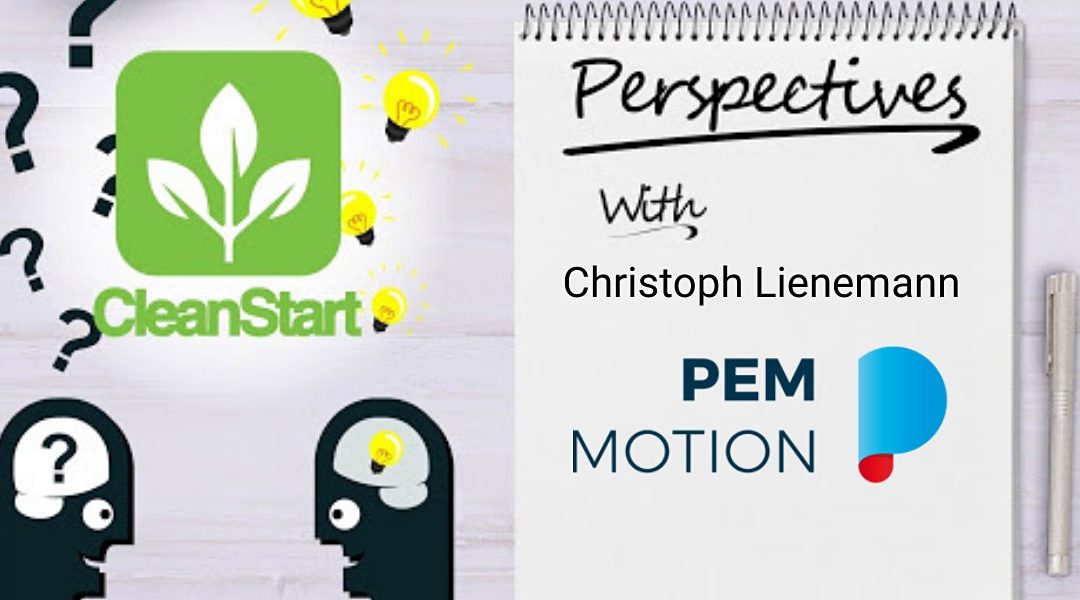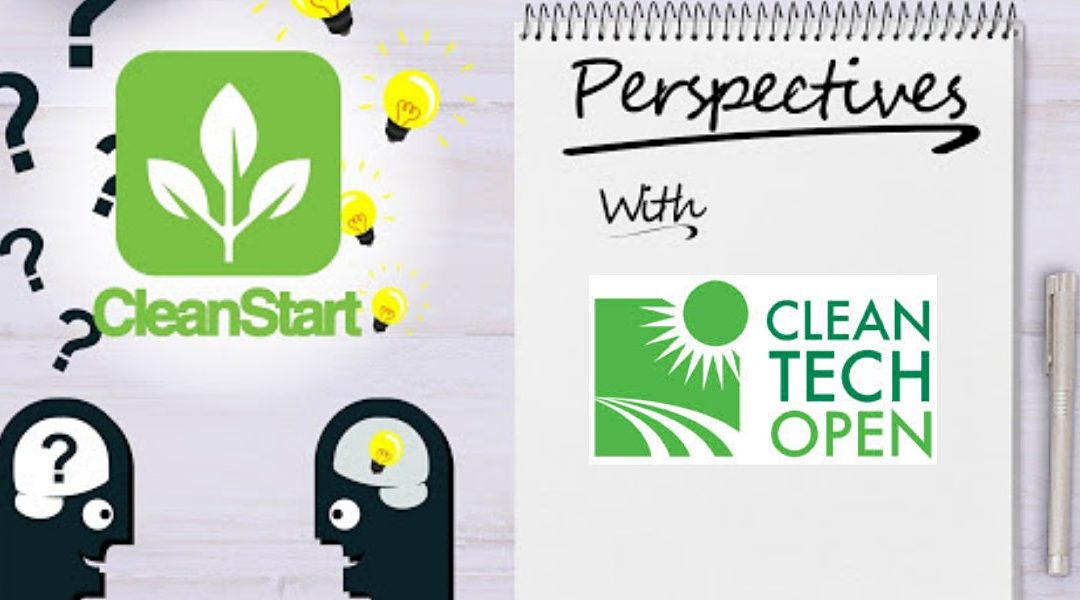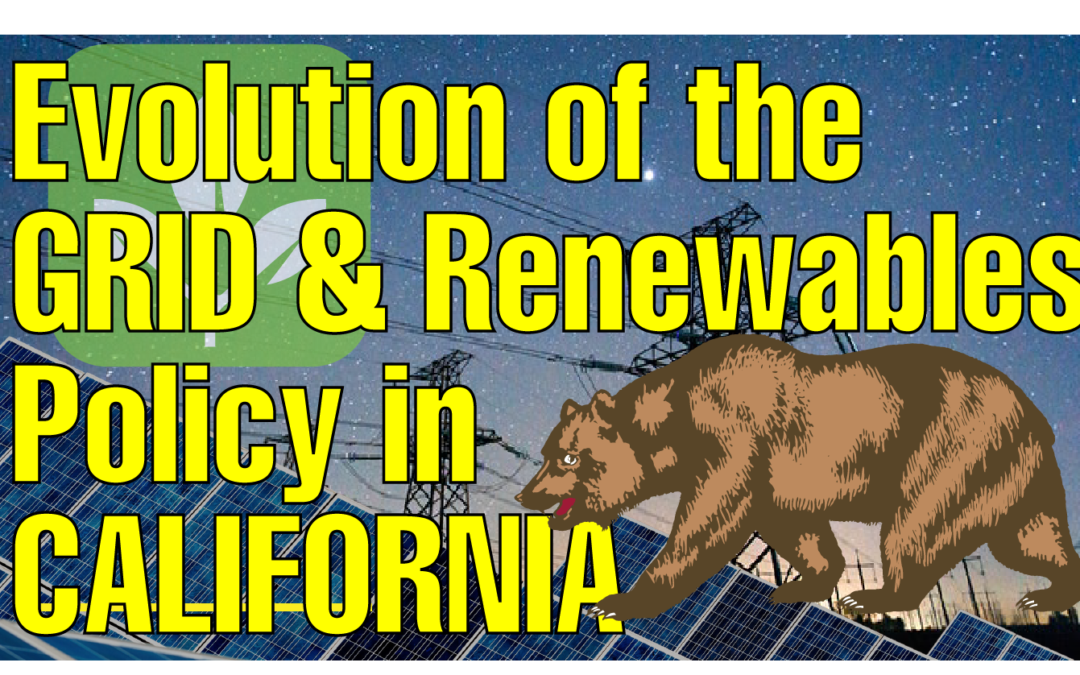
West Biofuels Making the Leap to Commercial Plants
After more than 15 years of R&D, West Biofuels (WBF) in Woodland is building its first two commercial scale plants to convert agricultural and forestry residues into electricity. It has plans to develop many more as these first two prove their commercial viability and as they widen the number of valuable products they could produce. We recently sat down with COO Dr. Matt Summers to get the details on what has been happening.
WBF has been getting increased attention because of its focus on conversion of forestry thinnings to valuable energy products. California wildfires of the last half-decade have made the need to manage forest by thinning the underbrush and deal with the damaged timber much more urgent. WBF began with some research and development to build a “process development unit” that would allow them to study various configurations and approaches to deal with a variety of urban, orchard, ag and forest biomass available in California. The original idea was to convert these underutilized resources efficiently into a bio-syngas containing a mixture of hydrogen, carbon monoxide, carbon dioxide, and methane that could fuel a reciprocating engine-generator to make electricity. While that looked simple and achievable on paper, West Biofuels had to adjust their approach due to costs and the marketplace. The prices utilities were willing to pay for power from renewable sources were falling and, as many have encountered, feeding an engine with bio-syngas was hard on the engine requiring high maintenance costs.
Then, two things changed that put WBF on the road to a commercial unit. First, they switched to using a different technology for power production. They now use an indirect-fired power generator—an organic Rankine cycle (ORC) system. In an ORC system, heat generated from the biomass is used to expand an organic working fluid through a turbine and is recondensed to continue the cycle. It is a closed loop system without any waste streams. It can be slightly less efficient than feeding bio-syngas to an internal combustion engine, but the savings in maintenance more than justify the switch.
Second, in a moment of foresight the California Legislature passed the Bioenergy Market Adjusting Tariff (BioMAT) law requiring utilities to pay a very favorable fixed price for electricity derived from biomass in small generators less than 3 MW in size up to an aggregate of 250 MW (Public Utilities Code § 399.20). For the Investor-Owned Utility companies (IOUs), this Feed-In Tariff (FIT) allows a project to enter a fixed contract to become part of the IOU renewable energy portfolio. Electricity generated as part of the BioMAT program counts towards the utilities’ renewable and resource adequacy targets. Small-scale bioenergy projects can be procured in three categories with allocations and prices set by the CPUC:
Table 1. BioMAT Allocation Summary in 2021 as reported in Annual RPS Report by CPUC
|
BioMAT Category |
BioMAT MW Allocation | MW Contracted | MW Remaining | Contract Price ($/MWh) |
|
Biogas from waste |
110 | 10 | 100 | $127.72 |
|
Dairy and agricultural biomass |
90 | 26.5 | 63.5 |
Dairy: $187.72 Other Ag: $183.72 |
| Forest biomass | 50 | 11 | 39 | $199.72 |
| Total | 250 | 47.5 | 202.5 |
These fixed prices are higher than what power from solar and wind farms receive through their current incentives. BioMAT is a is an opportunity to boost these favored forms of biomass-to-energy in California to help establish a more mature marketplace similar to solar and wind.
With these two changes, WBF has moved to market a 3 MW scale biomass-to-electricity within California with a plan to drive down costs over time, add more technology, and open up a wider market. WBF has signed contracts with two entities to build these plants. One is finishing construction in Williams and will use rice hulls as a feedstock. Another is near Burney in Shasta County, with forestry residue feedstock), and is starting construction this spring. The Burney plant also has the option of producing as much as 6,000 tons/year of biochar, used for filtration, as a soil amendment or an asphalt additive as an additional source of revenue. Now WBF is seeking financing and investment to support another half-dozen similar plants while there is still headroom under the 250 MW cap on BioMAT projects.
Knowing that the California BioMAT program will sunset in 2026, WBF is continuing to see what would widen its customer appeal. The research continues and the process development unit has gotten much bigger. The technology push now is to feed the synthesis gas to a catalyst bed to create liquid chemicals and fuels. These products generally have a higher value than electricity outside of the BioMAT market, improving the economics of the process. WBF is looking at two catalyst paths. The first pathway generates an output on mixed alcohols and methane. WBF has found that it can make a product stream that has half the energy in the mixed alcohols and half in the methane product.The alcohols include butanol, n-propanol , and ethanol. All three have good commercial markets, especially the n-propanol which is used as a solvent for inks as in ink-jet printers. The methane product is sent to the utility pipelines as renewable natural gas to be used by industrial, residential and transportation customers in place of fossil natural gas..
The second approach is to produce jet fuel and diesel through a Fischer-Tropsch-type catalyst system. These types of catalysts convert syngas into straight chained hydrocarbons of various densities from light gasses to heavy waxes. For WBF, a portion of the feedstock energy (20-30%) converts directly into jet fuel and diesel. There is a substantial quantity of waxes as well, plus light gases that would go to generate power for the process. The objective of the current WBF research is to figure out how to increase the yield of the jet fuel/diesel fraction and to explore how the waxes could be used in a standard oil refinery to increase the renewable content of motor fuels or lube oils, possibly by using spare Fluidized-bed Catalytic Cracking (FCC) capacity. Adding a renewable feedstock to the refinery would help lower the carbon footprint of the fuel it produces to meet California’s Low Carbon Fuel Standard targets. The vision is for these advanced WBF plants making chemicals and renewable fuel products to be economical beyond the expiration of the BioMAT program.
Matt has always wanted to get to the point where they were building dozens of plants and making a real impact. With these first two plants, he is excited to see that dream starting to become real even though it took fifteen years. Meanwhile, the research and development continues to make the next generation of biomass technologies.

ABOUT THE AUTHOR
Gary Simon is the Chair of CleanStart’s Board. A seasoned energy executive and entrepreneur with 45 years of experience in business, government, and non-profits.
CleanStart Sponsors
Weintraub | Tobin, BlueTech Valley, Revrnt,
Moss Adams, PowerSoft.biz, Greenberg Traurig, Momentum,
College of Engineering & Computer Science at Sacramento State










